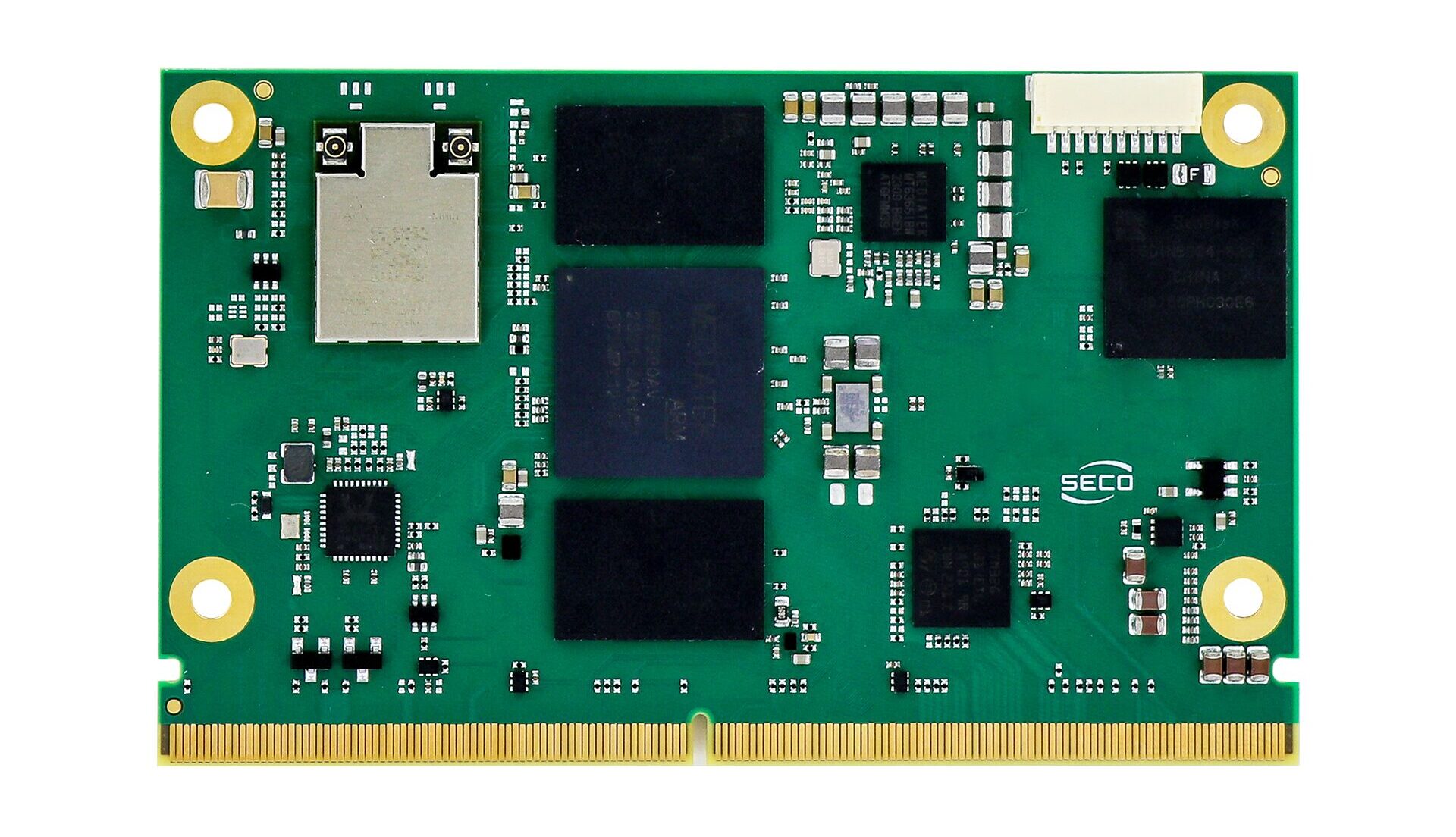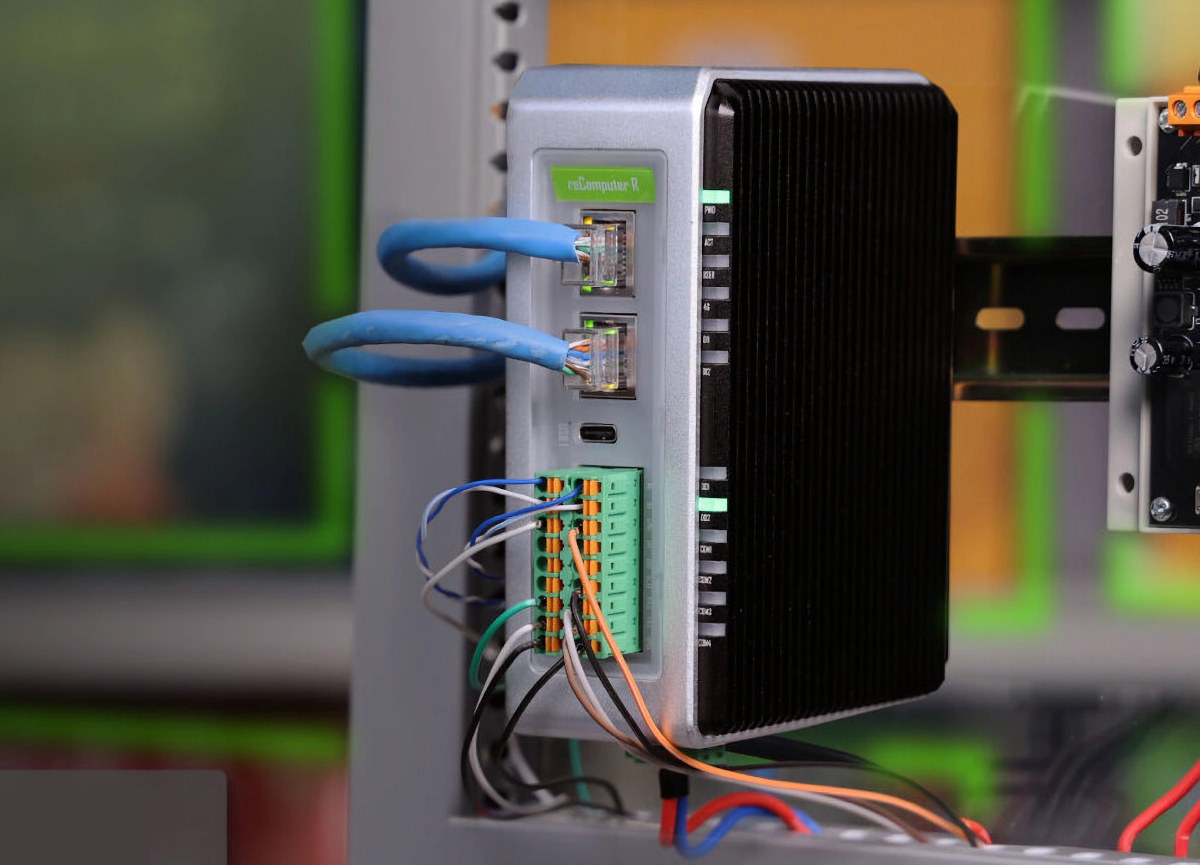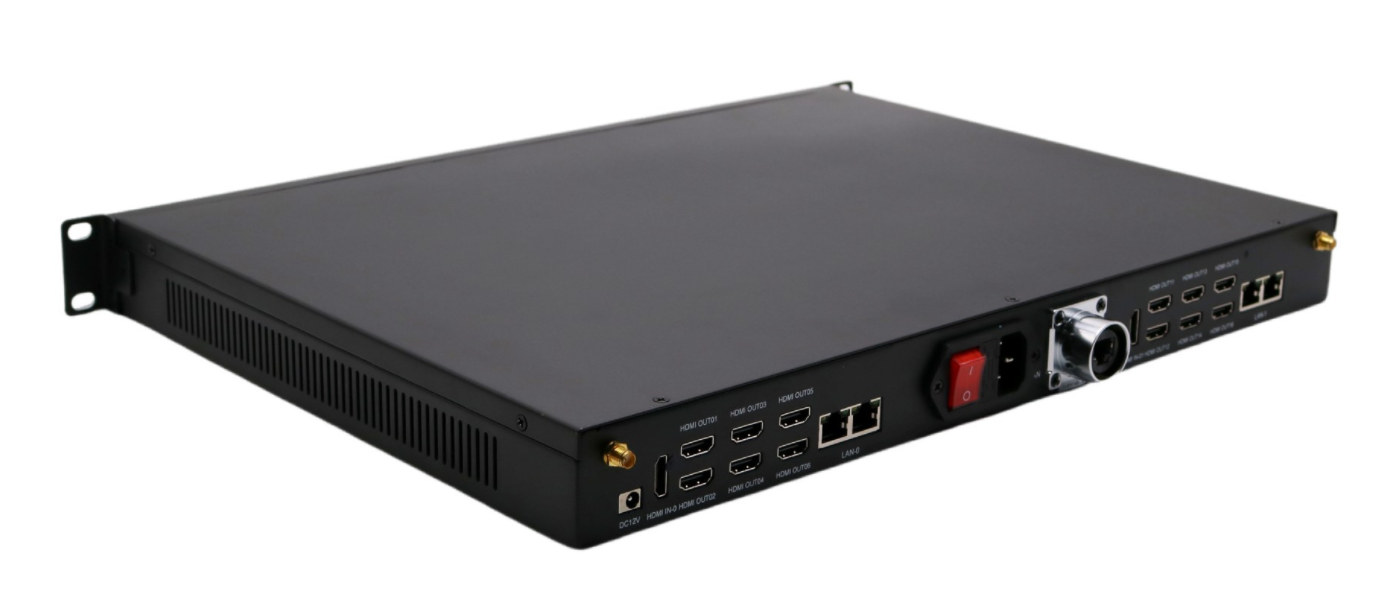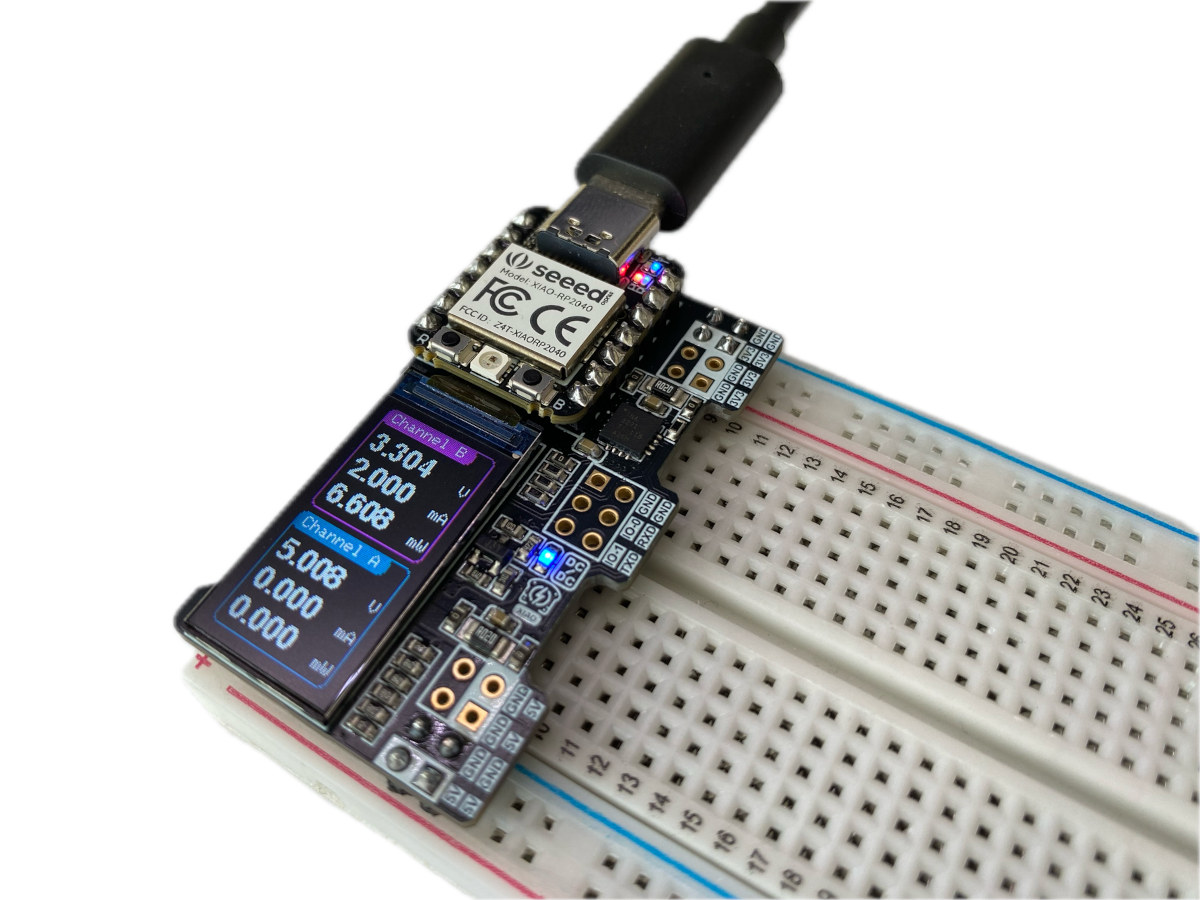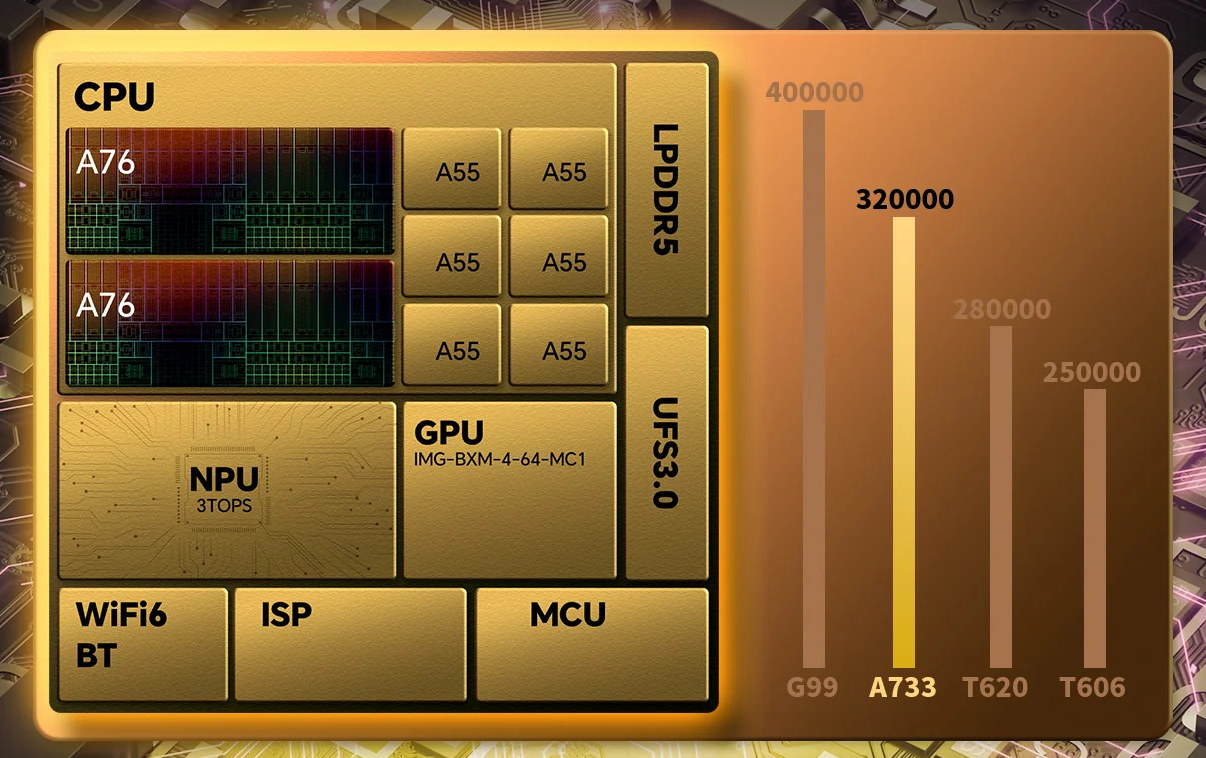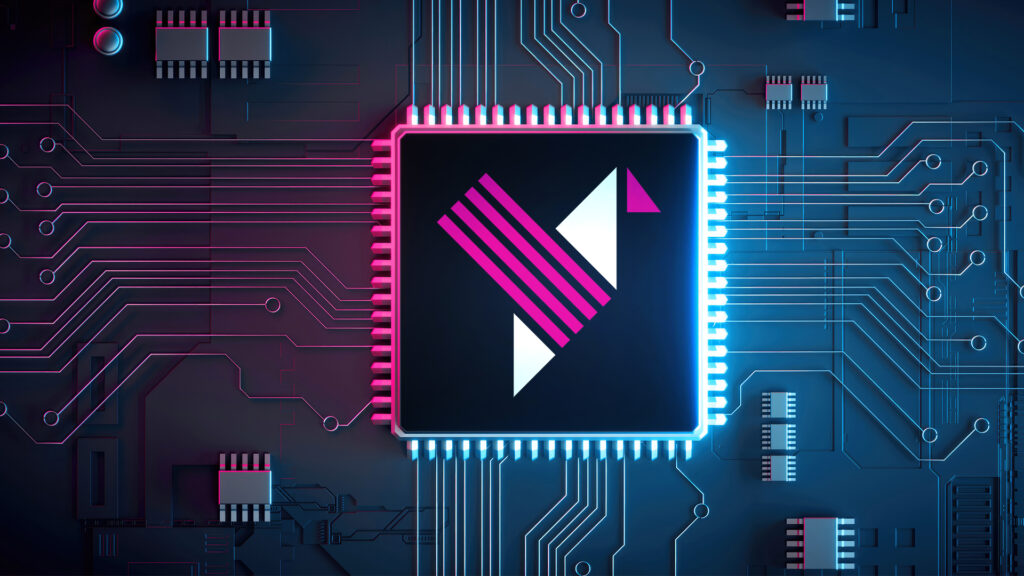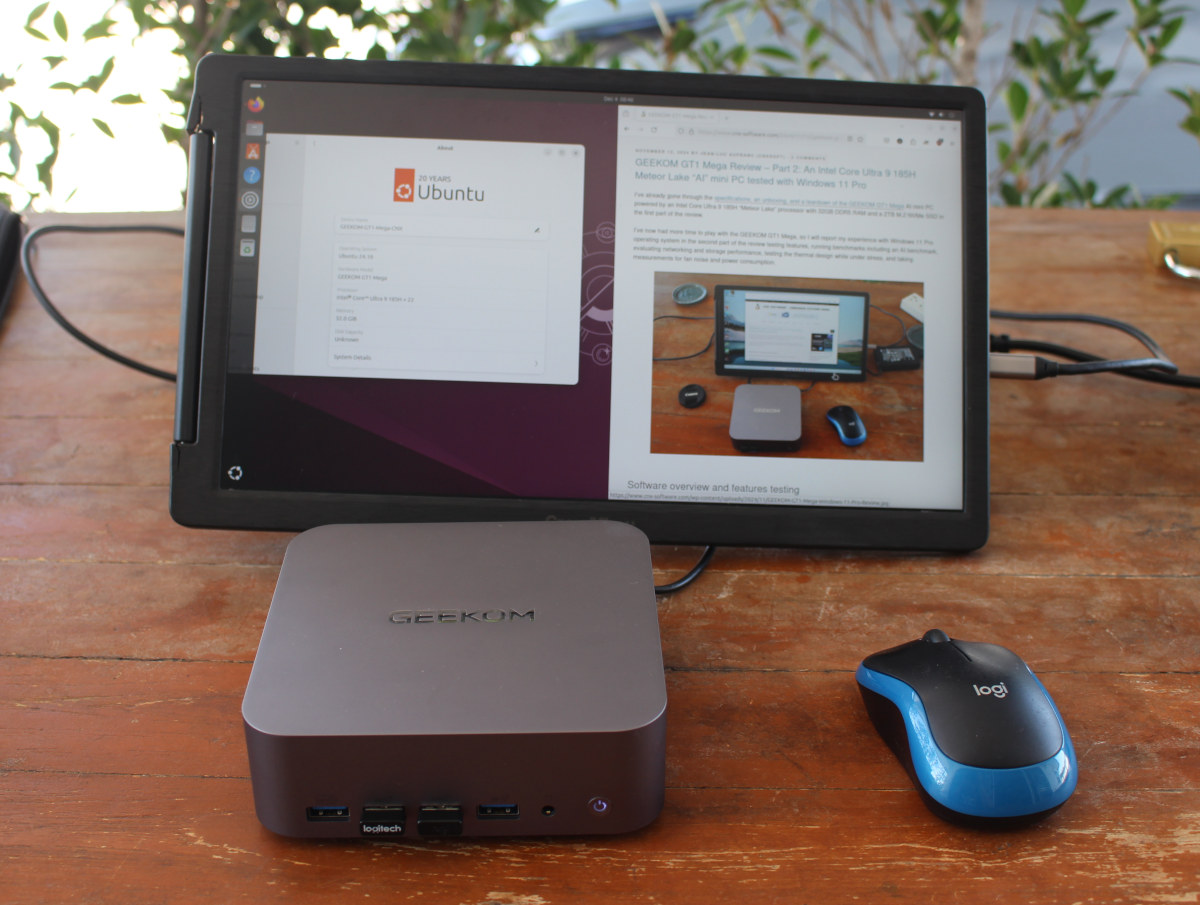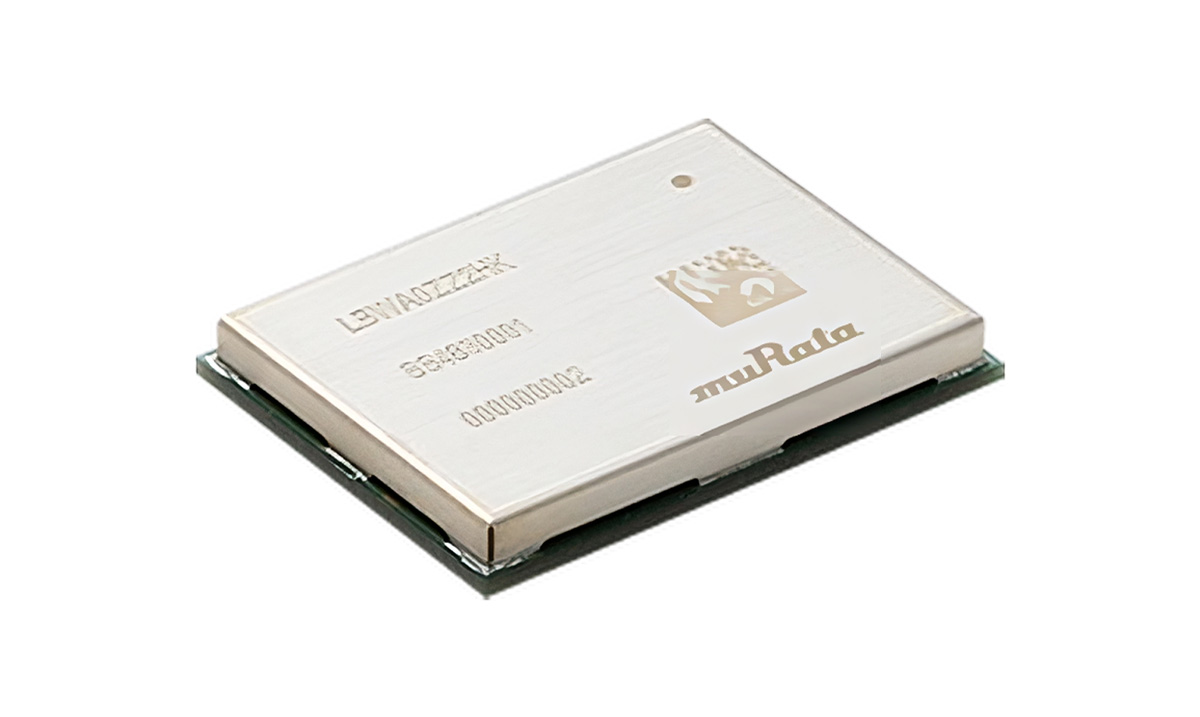SECO SOM-SMARC-Genio500 and SOM-SMARC-Genio700 are two new SMARC system-on-modules products powered by MediaTek Genio 510 and 700 Cortex-A78/A55 series SoCs. These industrial modules are designed for high power efficiency and offer reduced energy consumption even during intensive edge AI workloads, and are suitable for retail touchscreens, intelligent industrial sensors, advanced conferencing systems, and dynamic digital signage. Both modules feature up to 8GB LPDDR4 memory, 64GB eMMC flash, two Ethernet interfaces via RGMII and USB, an optional M.2 slot for a Wi-Fi/Bluetooth module, and camera inputs. We’ve previously considered Via’s offerings with the same MediaTek Genio 700 application processor: a SMARC module, a single-board computer, and a fully embedded system. The IBase ISR500 is another option featuring the Mediatek Genio 510 or Genio 700. SECO SOM-SMARC-Genio700 & SOM-SMARC-Genio510 specifications: SoC (one or the other) SOM-SMARC-Genio700 – MediaTek Genio 700 (MT8390) CPU – Octa-core processor with 2x Cortex-A78 cores @ up to […]
reComputer R1113-10 industrial IoT gateway offers isolated RS485, RS232, DI, DO, and dual Gigabit Ethernet
Seeed Studio has launched the reComputer R1100 series industrial IoT gateway family based on Raspberry Pi CM4. The first model, the reComputer R1113-10, is powered by a Raspberry Pi Compute Module 4 module with 2GB RAM and 8GB eMMC storage. It includes two isolated RS485 ports, two isolated RS232 ports, DI and DO interfaces, and twelve LED indicators. Additional connectivity options include dual Gigabit Ethernet ports, Wi-Fi, Bluetooth 5.0, LoRa, 4G LTE, and Zigbee. The device also features two USB-A 2.0 ports, a USB-C 2.0 port for OS flashing, an HDMI 2.0 output, and a MicroSD card slot. There are many such industrial IoT gateways based on Raspberry Pi CM4 and other SoMs or SoCs on the market, and we covered a bunch including the Compulab IOT-DIN-IMX8PLUS, Digi IX40, Dusun DSGW-380, Cytron IRIV PiControl, and Robustel EG5101 and EG5200, among others, each with their own unique set of features. reComputer […]
Mekotronics R58-HD-1U digital signage player supports 12 HDMI outputs, video walls using three Rockchip RK3588 SoCs
Mekotronics R58-HD-1U is a digital signage player with 12 independent HDMI outputs implemented through three Rockchip RK3588 SoCs, housed in a 1U standard chassis, and mostly designed for video walls and other applications where multiple displays are close to each other. Each Rockchip RK3588 processor is coupled with up to 16GB RAM and 128GB eMMC flash, and the system also offers two HDMI inputs, five Ethernet ports, WiFi 6 and Bluetooth, and seven USB ports for expansion. Mekotronics R58-HD-1U specifications: SoCs – 3x Rockchip RK3588 each with CPU – Octa-core processor with 4x Cortex-A76 cores @ up to 2.4 GHz, 4x Cortex-A55 cores @ up to 1.8 GHz GPU – Arm Mali-G610 GPU with OpenGL ES 3.2, OpenCL 2.2, and Vulkan 1.2 support VPU 8Kp60 video decoder for H.265/VP9 codecs 8Kp30 video decoder for H.264 codec 4Kp60 video decoder for AV1 codec Multi-channel decoder in parallel AI accelerator – 6 […]
XIAO Powerbread is a breadboard power supply and meter based on XIAO RP2040 or ESP32 USB-C board
The XIAO Powerbread is a breadboard power supply and meter compatible with XIAO RP2040 or ESP32 USB-C boards and equipped with a color LCD display showing real-time voltage, current, and power consumption for 5V and/or 3.3V power rails. Breadboard power supplies are nothing new. We’ve written about several over the years including the Toaster board with adjustable voltage from 5 to 16V, the SwitchTrick switching power supply board, and the MEGO portable breadboard power supply with a built-in battery. The XIAO Powerbread only supports 5V and 3.3V power rails, but its main selling point is its integrated breadboard power meter function. XIAO Powerbread specifications: Supported USB-C modules General purpose MCU – XIAO RP2040, XIAO RP2350 WiFi / Bluetooth MCU – XIAO ESP32S3, XIAO ESP32C3, XIAO ESP32C6 Display – 0.96-inch color TFT LCD with 160×80 resolution and ST7735S SPI controller Power monitoring – 2x TI INA3221 sensors connected over I2C […]
Allwinner A733 octa-core Cortex-A76/A55 AI SoC supports up to 16GB RAM for Android 15 tablets and laptops
Allwinner A733 is an octa-core Cortex-A76/A55 processor with an optional 3 TOPS NPU and support for up to 16GB RAM designed for Android 15 tablets and laptops such as the Teclast P50Ai with a 10.92-inch touchscreen display. With two Cortex-A76 cores, six Cortex-A75 cores, an Imagination BXM-4-64 MC1 GPU, and an NPU, the Allwinner A733 looks very similar to the Allwinner A736 we noted in a roadmap last year. But there’s no news about the A736, so maybe the name was dropped and the Allwinner A733 was launched instead. Allwinner A733 specifications: CPU Dual-core Arm Cortex-A76 @ up to 2.00 GHz Hexa-core Arm Cortex-A55 @ up to 1.79 GHz Single-core RISC-V E902 real-time core GPU – Imagination Technologies BXM-4-64 MC1 VPU 8Kp24 H.265/VP9/AVS2 decoding (no mention of AV1) 4Kp30 H.265/H.264 encoding AI accelerator – Optional 3 TOPS NPU Memory 192 KB SRAM + 512 KB shared SRAM 32-bit LPDDR4/LPDDR4x/LPDDR5 interface […]
MIPS P8700 out-of-order 64-bit RISC-V processor targets automotive applications
MIPS first unveiled the MIPS P8700 series IP along with the I8500 multiprocessor IP cores in 2022, and the company has now announced the general availability of the P8700 64-bit RISC-V core. Built for Advanced Driver Assistance Systems (ADAS), ML, and software-based automotive applications, the MIPS P8700 Multiprocessing System (MPS) scales up to 64 heterogeneous clusters of out-of-order, multi-threaded multi-core MIPS CPUs. P8700 series RISC-V processor’s RISC-V architecture The P8700 is MIPS’ first RISC-V IP. It implements the RISC-V RV64GCZba_Zbb instruction set architecture. It allows the MPS to execute atomic operations, single-precision, and double-precision floating-point operations and incorporates bit manipulation extensions, which streamline data processing tasks. This capability with compressed instructions through the RISC-V C extension (RVC) allows for out-of-order multi-threading. P8700 series’ out-of-order multi-threading and heterogeneous clustering Out-of-order multi-threading simply means that the MPS processes multiple instructions simultaneously without following an order. Hence, the MPS can process even co-dependent […]
GEEKOM GT1 Mega review with Ubuntu 24.10 – Part 3: Linux on an Intel Core Ultra 9 185H “Meteor Lake” mini PC
We’ve already had a look at GEEKOM GT1 Mega’s hardware with an unboxing and a teardown before following up with a thorough review of the Intel Core 9 Ultra 185H mini PC with Windows 11 Pro. After being interrupted by some Raspberry Pi reviews, I finally had the time to test the GEEKOM GT1 Mega with Ubuntu 24.10 to check out how well (or not) it works with a recent Linux distribution. I’ve tested the features of the Meteor Lake mini PC in Linux, ran some benchmarks, evaluated storage and network performance, played 4K and 8K videos on YouTube at various frame rates, went through a stress test to check its thermal design, and finally measured the mini PC’s fan noise and power consumption. Ubuntu 24.10 installation I would usually review mini PCs with the latest Ubuntu LTS version which would currently be Ubuntu 24.04.1. However, since the Intel Core […]
Murata LBWA0ZZ2HK/HL low-power Wi-Fi HaLow modules can communicate over 2km
Murata has recently introduced two new ultra-low power, sub-1 GHz Wi-Fi HaLow modules (LBWA0ZZ2HK and LBWA0ZZ2HL) compliant with Sub-1 GHz (S1G) 802.11ah Wi-Fi standard across key regions. The Type 2HK module operates at frequencies from 902MHz to 928MHz and features a communication range of 2km, whereas the low-power Type 2HL operates at 750MHz to 950MHz and can communicate over 1km. According to Murata, these modules can achieve high-speed communication over 1km and are suitable for applications such as smart devices, smart homes, smart accessories, and others. The modules are based on the NEWRACOM NRC7394 chipset built around an Arm Cortex-M3 with enough processing power for handling the Wi-Fi subsystem and user applications. Both modules feature an SPI host interface with peripherals including SPI, 2x UART, 2x I2C, 2-channel 10-bit ADC, and GPIO. Murata LBWA0ZZ2HK and LBWA0ZZ2HL specifications: HaLow SoC – Newracom NRC7394 SoC Frequency 2HL – Sub-1 GHz (750-950 MHz) […]


